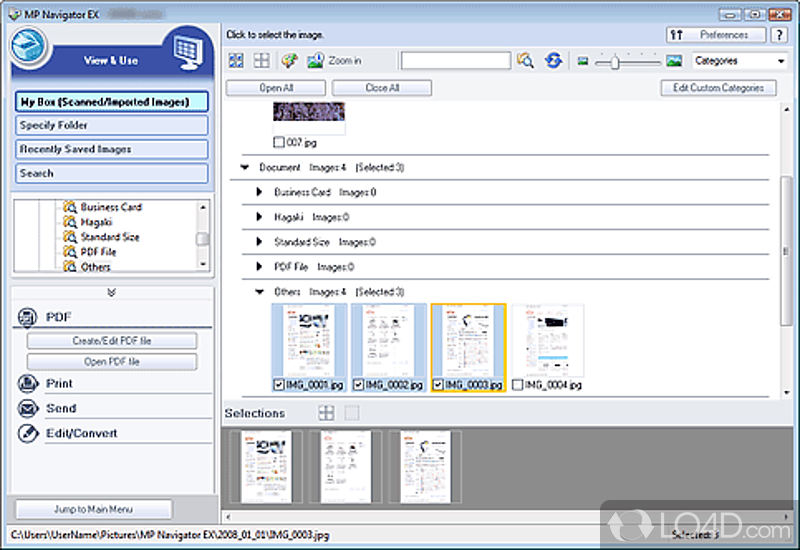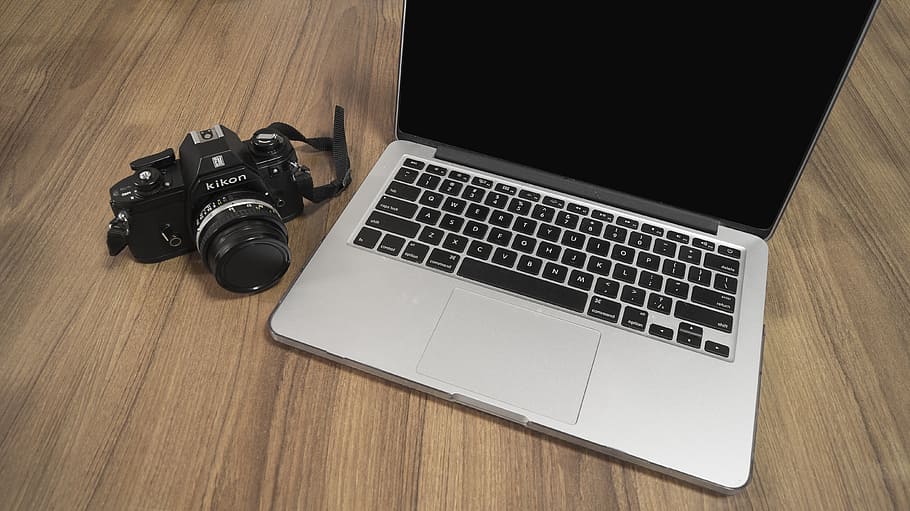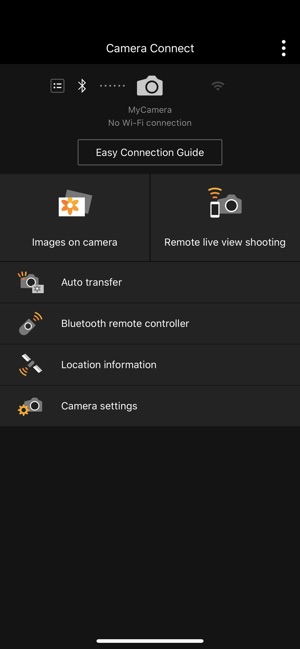- How To Download Pictures From Canon Camera To Macbook
- How To Transfer Photos From Canon Camera To Mac Using Wifi
Method 5of 6:iCloud. Sign up for iCloud. This may well be the simplest and fastest way to move your images from camera to computer. With iCloud, your iOS camera's photos are automatically uploaded to the cloud, and distributed to all your iCloud-enabled devices, be they Mac or PC. Jun 27, 2013 Turn your computer on. Insert the EOS DIGITAL Solution Disk (CD-ROM) into the computer. If the following window appears, click Run SETUP.EXE. If you are using a Macintosh computer, double-click the CD-ROM icon on the desktop, and then double-click Canon EOS Digital Installer. If you are using Mac or Windows with the drivers installed, the screen will turn off after the connection is terminated. Please proceed to Step 4: Sending images to a computer. For Windows users, when connecting your camera to your computer wirelessly for the first time, the display will not change during connection. Please proceed to 6.


In Photos, choose File Import. Select the photos or folder that you want to import, then click Review for Import. If you selected multiple photos or videos, select the photos or video that you want to import, then click Import number Selected or Import All. Download Canon Camera Connect and enjoy it on your iPhone, iPad and iPod touch. Canon Camera Connect is an application to transfer images shot with compatible Canon cameras to smartphone/tablet. By connecting to a camera with Wi-Fi (direct connection or via wireless router), this application provides the following features: ・Transfer.
Photos makes it easy to download images directly from your digital camera to your Mac — as long as your specific camera model is supported in Photos, that is. Most cameras are supported, though, and more are added to the supported crowd during every update. You can also connect your iPhone to your Mac using the cable supplied by Apple, and the import procedure is the same.


Follow these steps to import images:
How To Download Pictures From Canon Camera To Macbook
- Connect your digital camera to your Mac and then turn on the camera.
Plug one end of a USB cable into your camera and the other end into your Mac’s USB port, and prepare your camera to download images. - Launch Photos.
Your Mac will probably launch Photos automatically when your camera is connected, but you can always launch Photos manually by clicking its icon on the Dock (or by clicking the Photos icon in Launchpad). Depending on your camera model, Photos may automatically display the Import pane, but if you don’t see the title Import at the top of the Photos window, click the Import button on the toolbar. - Specify whether the images you’re importing should be deleted from the camera afterward.
If you don’t expect to download these images again to another computer or another device, you can choose to delete the photos from your camera automatically by clicking the Delete Items After Import check box to enable it. (This way, you save a step and help eliminate the guilt that can crop up when you nix your pix.) If you’d rather be absolutely certain that everything has been imported safely, leave the check box disabled, allowing you to delete the images from your camera manually. - Click the Import All New Photos button to import your photographs from the camera.
Readme.txt download xvid codec for mac. To select specific images to import, hold down ⌘ and click each photo you want, and then click the Import Selected button.
The images are added to your Photo Library, where you can organize them into individual albums. (More on albums later.) Depending on the camera, Photos may also import video clips.
Canon How To Videos
How To Transfer Photos From Canon Camera To Mac Using Wifi
You’re probably familiar with albums, which you may recognize from older versions of Photos. An album is simply a container you create in Photos that contains specific photos; it’s straightforward. Typical albums might include family pets or photos of your hometown.
Photos also offers three viewing modes — called Moments, Collections, and Years — that help you view photos by date. When you display your library in Moments view, Photos displays sets of images taken at about the same time, in the same location. In Collections view, photos are grouped by locations and dates that are relatively close together. Finally, in Year view, photos are grouped by the year they were taken. Think about that: Arranging old-fashioned film prints by the moments and events they document is tough, but Photos makes it easy!

To view photos by Moments, Collections, or Years, click the Photos button on the toolbar. You can switch among Years, Collections, and Moments views by clicking the Forward and Back arrows in the upper-left corner of the Photos window.